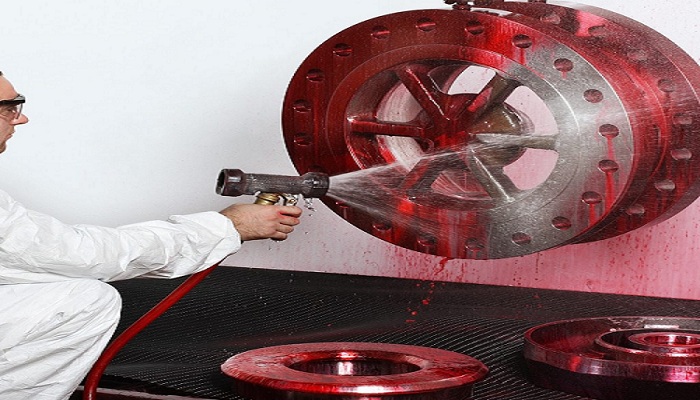Liquid penetrant Testing
The penetrants are visible or fluorescent dye. When using the visible dye, the inspection is performed under white light whereas in the fluorescent, the inspection is performed under ultraviolet light (or dark) in a dark condition. The liquid penetrant processes are divided into sub-processes based on the sample washing procedure. The penetrants are according to the following:
- Washable with water
- Suspendable, meaning an emulsion factor is added to the penetrant to make it washable with water
- Washable with solvent, to remove the extra penetrant, it should be dissolved in a solvent
The liquid penetrant processes can be categorized based on the sensitivity and cost decrease:
- Suspendable fluorescent penetrant dye
- Fluorescent penetrant dye washable with solvent
- Fluorescent penetrant dye washable with water
- Suspendable visible penetrant dye
- Visible penetrant dye washable with solvent
- Visible penetrant dye washable with water
Some of the benefits are:
- Very low cost
- Excellent portability
- High sensitive to tiny and tight imperfections
- Relatively simple way
- Usable for many different samples
- With one simple operation, all the surface discontinuities can be detected regardless of their orientation
Some of the disadvantages are:
- The surface should be free from contamination (dirt, oil, grease, tint, rust etc.)
- Only suitable for surface discontinuities
- No simple method for permanent record
- After the test, all the penetrant must be removed
- It is not useful for porous samples and using it on very rough surfaces is problematic.


